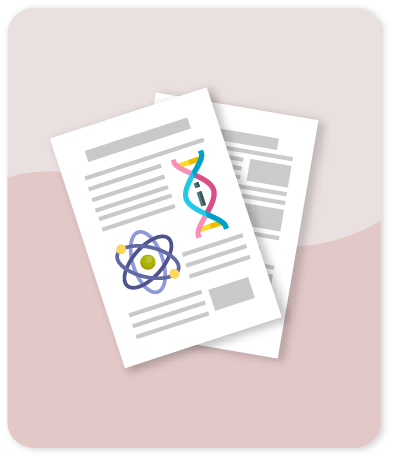Size and stoichiometry effects on the reactivity of mocynanoparticles toward ethylene

Compartir este ítem
Fecha
2021Autor
Jimenez-Orozco C
Figueras M
Flórez E
Viñes F
Rodriguez J.A
Illas F.
Citación
Metadatos
Mostrar el registro completo del ítemResumen
Molybdenum carbides are promising alternative catalysts to Pt-group metals for the hydrogenation of unsaturated hydrocarbons. Nanostructuring has been shown to be an efficient way to boost the catalytic activity of these materials with MoCy nanoparticles (NPs) exhibiting a good performance when encapsulated inside zeolites or dispersed on inert supports such as carbon or gold. Hereby, we focus on a systematic DFT study of the interaction of MoCy NPs with ethylene (C2H4) as a general and simple approach for examining binding and activation of C═C bonds. Models for 14 NPs, with a Mo/C ratio in the 0.67-2.00 range, have been built following a cascade procedure. Several chemical descriptors, including the adsorption energy, structural NPs distortion, C═C deformation, and C2H4 attachment energy, have been analyzed along with a meticulous geometric and electronic characterization of bare NPs and C2H4 binding. The present results show that 1:1 stoichiometric Mo6C6, Mo12C12, and Mo24C24 and the nonstochiometric Mo4C6, Mo8C12 (MetCar), and Mo14C13 (nanocube) are excellent systems for the binding and activation of ethylene, exhibiting a much larger reactivity than a bulk δ-MoC(001) surface with a similar Mo/C ratio. In addition, C2H4 binding on the NPs with a Mo/C < 1.08 is advantageous because, apart from a rather large adsorption energy, it implies low energy values for NPs deformation (from 0.00 to 0.31 eV), C═C distortion (from 0.30 to 0.52 eV), and C2H4 attachment (from -2.12 to -2.58 eV). These theoretical results point to the ideal MoCy size and composition for C2H4 binding, providing a background for further experimental studies aimed at the preparation of MoCy NPs as hydrogenation catalysts. © 2021 American Chemical Society.
Colecciones
- Indexados Scopus [1813]
